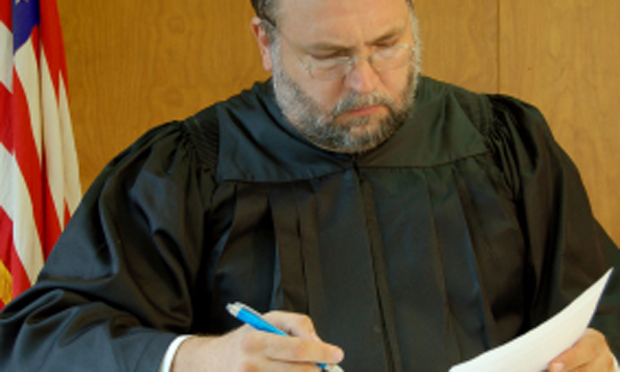Research on the economic, political and cultural context of public corruption — the misuse of power at the expense of citizens — has helped explain its prevalence. The best way to address the problem remains unresolved, however. “Deterrence theory” suggests that more law enforcement resources will discourage corruption and thus reduce the number of convictions. But the ideas of “system capacity” or “system overload” suggest that, because of the complexity of white-collar crimes such as corruption, they’re under-examined, and that more legal resources will result in more such convictions.
A 2010 study from Harvard University and the University of Copenhagen, “Enforcement and Public Corruption: Evidence from U.S. States,” uses data on corruption convictions from 1977 to 2003 to estimate the impact of prosecutorial resources on levels of criminal convictions in cases of corruption.
The study’s findings include:
- In corruption cases, the idea of “system overload” — that the justice system doesn’t prosecute enough corruption because it doesn’t have the resources — seems to be more valid than deterrence theory. “Greater prosecutor resources result in more convictions for corruption, other things equal.”
- Hiring one more full-time assistant U.S. attorney will increase the number of corruption convictions by an average of 1.9 per million inhabitants.
- The data also “show that the strain on an overburdened system has diminished in more recent years, in ways consistent with an emerging deterrence effect.”
The researchers note that “divided government, at least in its party control of separated branches form, appears associated with lower corruption … while term limits, often held responsible for poor political performance, appear to be associated with higher corruption.”
Keywords: crime, municipal, corruption


Expert Commentary